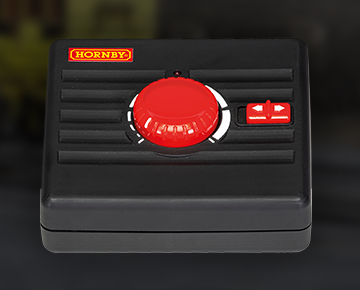Reputable source, I agree with.With youngsters about - Please do make sure that what ever PSU's you buy, are sourced from reputable suppliers, so they provide adequate isolation from the mains.
Isolation would be desirable, but as long as the PSU is from a reputable source, the risk from a SMPSU is extremely low.I would go further and suggest that the power supplies have a wound transformer at 50Hz to ensure there is assured isolation from the mains supply.
From a very early age, children are using phones and iPads etc that will be plugged in and charging from SMPSU.
The LED Christmas lights will also likely have them.
After all, there are some on here that suggest children could go up into an enclosed space and lay loft insulation!


